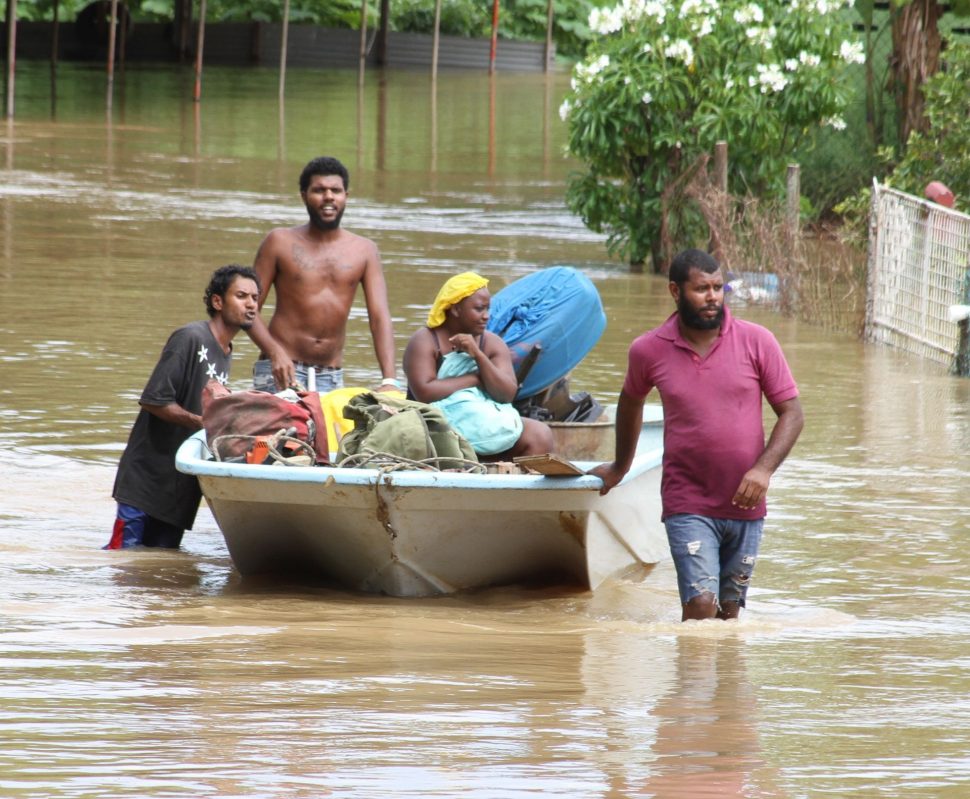(Trinidad Guardian) Meteorologist Seigonie Mohammed says citizens should prepare for riverine flooding today.
“The issue is that we have a lot of features at play right now that are bringing out the flooding,” she explained.
“It’s riverine flooding as opposed to typical flash or street flooding.
“Riverine flooding means that the river has reached to the point where it overspills its banks and that will lead to widespread flooding.
“It’s the major rivers right now that have crested their banks, which means that smaller tributaries more than likely, especially with the additional rainfall, will lead to further overspills in the smaller areas as opposed to just the Caroni River being overtopped.
“What we’re going to see over the next several days because of the red alert advisory, is riverine flooding that goes into October 26 even though the adverse weather alert ends on October 23.”
She said with the riverine flood alert it will take time for all of the water to run off from the top … right down through the Caroni River mouth and all of the western side of the island.
Mohammed said the current problem is additional rainfall at different times of the day.
She said T&T was experiencing extra rainfall on the eastern side of the island which had the highest concentration of flooding problems.
Mohammed said when the country had that additional rainfall, it compounded the situation further with rainfall on top of the extra water on top of an already flooded area.
She said there was also the phenomenon of spring tide or lunar tide which occurs twice every month with the new and full moon phases.
Mohammed said as T&T goes into spring tide from tomorrow evening, there will be abnormal high and low tides with waves above the normal tide because of the lunar effect.
When that extra tide and water are trying to push into the sea from the river mouth, the water is not going anywhere quickly.
It is going to take a very long time to subside. Expect the water to stay at the same level before any meaningful run-off begins to take effect.
Mohammed said the average rainfall T&T receives in any rain event is usually about 60 mm or two inches.
However, in isolated areas in the eastern part of Trinidad rainfall was in excess of 60 mm—anywhere between 60 to 80 to 100 mm.






